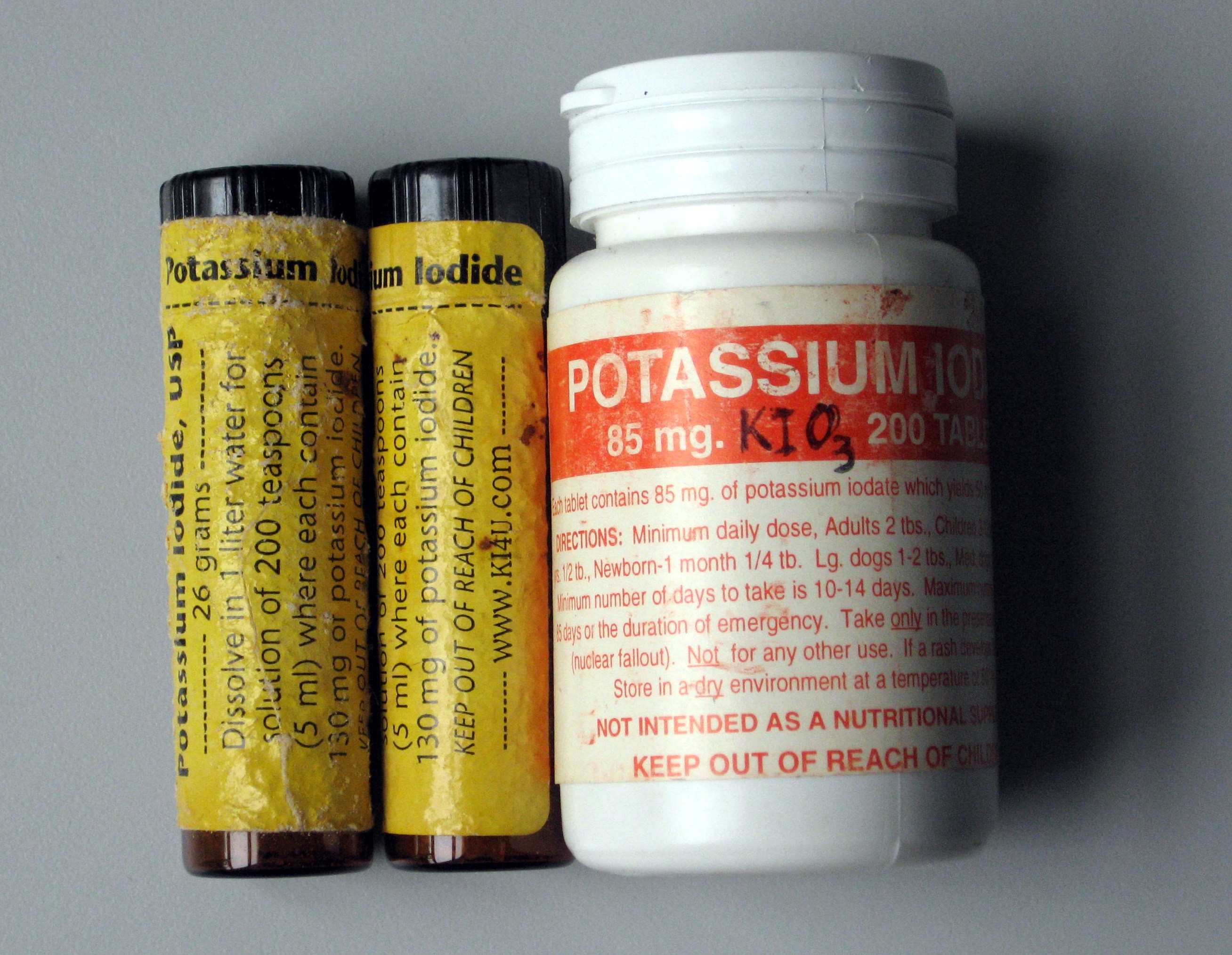The Fukushima plant will have to be treated similar to the reactor site in Chernobyl. The blocks may have to be similarly encapsulated to become concrete tombs. However, Chernobyl’s metal and concrete sarcophagus, officially known as “the shelter object”, has shown that concrete entombing is not a long term solution; it leaked after just 20 years. Thus, it may well be that the Japanese will straightaway do what is now undertaken in Chernobyl: A gigantic, 1.4 billion dollar high tech sarcophagus that promises to stay for about 100 years before the next replacement will be necessary.

It is made from metal arches higher than the Statue of Liberty and can slide over the length of three football fields, the largest moveable structure ever. Under such a roof, robotic cranes could dismantle the remains without further distributing highly radioactive dust. Scientific American had a piece about this project, the scale of which is impressive and makes you understand why pro-nuclear energy advocates refuse to count such to the costs of nuclear energy.
The French consortium Novarka is working on “the New Safe Confinement”, a steel structure 110 meters high, 164 meters wide, and weighing almost 30 thousand metric tons. From the Scientific American article:
Because the destroyed reactor is still highly radioactive, to protect workers, the arch will not be constructed over the sarcophagus. Rather, it will be assembled nearby from prefabricated segments each about 25 meters high and weighing an average of 300 metric tons. Once complete, hydraulic jacks will then slide the arch approximately 300 meters on Teflon bearings during the course of a week to enclose the sarcophagus. Walls on either side of the structure, making it resemble an aircraft hangar, will help isolate debris.
It should be finished by 2016; the money is not even raised yet.

What is more relevant for our future is perhaps how the media deal with the one year anniversary of the Fukushima disaster. “The media” have been claimed early on to hype the dangers while instead it is now firmly established that the opposite was true yet again. The most severe lesson this time is that the internet, rather than helping to balance corporate media, has shown to be what defenders of newspapers always claimed: Unreliable, undigested misinformation. It was precisely many so called science sites and blogs that let themselves be fed and actively contributed to biased misinformation. Old school journalists were correct in that the main danger from the new media is their naivety about information sources, for example the plain shallowness of the blogging world in making this an “I have a PhD and know how to convert milli-Sievert into micro-Sievert” issue without the background questioning that good journalism is all about. Science blogs are in fact worse than traditional media when it comes to jumping on premature rumors - in fact it is how many a popular science blog stays ahead. If you think that such would be looked down upon especially among scientists - well, think again.
Now one year later, we witness what was expected across all media: The reporting is basically leaving the impression that everything is over and under control, while in fact we are simply accepting a new status quo. Much like with the oceans for example, as Daniel Pauly explains at Mission Blue, each time the baseline drops, we call it the new "normal." Where is the limit; where do we stop readjusting downward?
There is little difference between Chernobyl in 1986, Three Mile Island in 1979, or Fukushima in 2011. We do not learn the lessons, regardless how often it happens. On the contrary, with what happened in the new media, it looks much like we only get more proud of our technology while not actually improving it. We have been very lucky in Three Miles Island and we have been also quite lucky in Fukushima! Yes, we have! Large earthquakes are not bad luck; they do happen with a certain average rate! Next time, we may not be again this lucky.
The science involved is not nuclear physics, but sociology, psychology, and ever repeating history. The next incident will come along, and it will be much the same again, just perhaps much less lucky. Downplaying by politicians and the involved industries will happen. Leaks, whether they are oil ones or radioactive, will be kept secret again, monitors taken off line, the public will be as always only "informed" in order to avoid panic and any appearance of being not in full control. Evacuations and vital help like the distribution of Potassium Iodide for example will likely come too late. A growing minority among the public knows this, they know that they are cheated every time by withholding even lightly bad news that could help them to make informed decisions. Panic should not surprise anybody. It is simply being responsible for your family if you assume the worst. Since scientists are directly involved, the public trust in science drops along with that for politicians.
 600 daily doses of potassium iodide and iodate take up almost no space and never go bad. Where are yours? Where is your first aid kit anyway?
600 daily doses of potassium iodide and iodate take up almost no space and never go bad. Where are yours? Where is your first aid kit anyway?Don't let yourself be influenced by others ridiculing you as some right wing survivalist: Potassium iodide belongs into your disaster preparedness kit! Do not hope that in the case of a nuclear disaster your government will be able or even willing to get it to you! If you are anywhere near nuclear facilities, which you do in any industrialized country, you should have potassium iodide in your first aid kit at home! You do not? Get it now!
--------------------------------------------



Comments